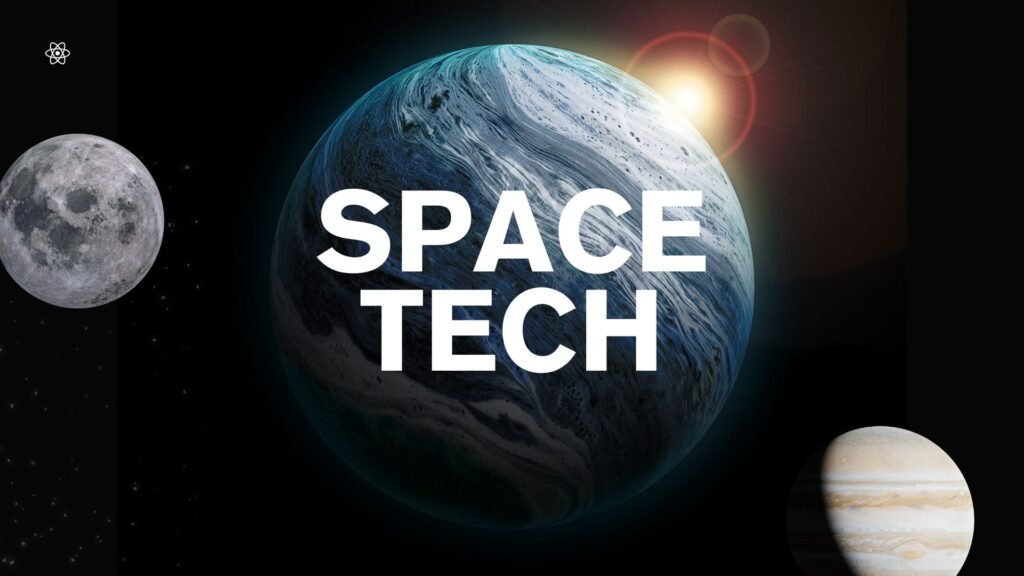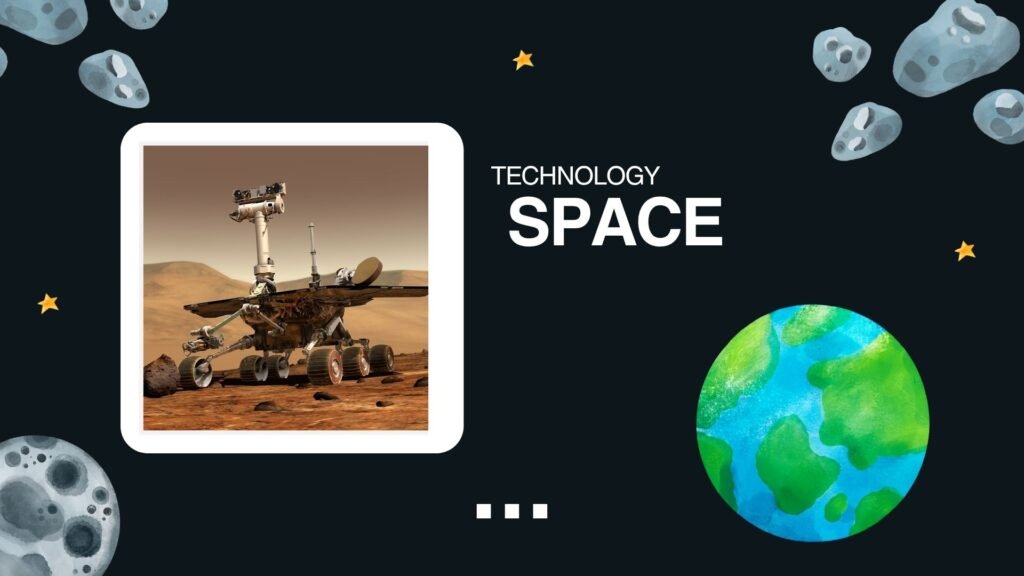
Have you ever wondered how satellites orbit the Earth or how rockets launch into space? If you are curious about the science and engineering behind space missions, you are not alone. Space technology is one of the fastest-growing fields in science and innovation. From space exploration to satellite communication, understanding space tech opens up a world of possibilities.
This beginner’s guide will walk you through the basics of how to learn space technology, even if you’re starting with no background in science or engineering. Whether you’re a student, a professional exploring a new career, or simply a space enthusiast, here’s how you can begin your journey into the fascinating world of space tech.
What Is Space Technology?

Space technology involves tools, machines, and systems designed for use beyond Earth’s atmosphere. These include satellites, rockets, spacecraft, space stations, launch pads, and ground-based control systems that support space missions.
It brings together multiple scientific fields like physics, engineering, and computer science to develop and manage these advanced technologies. From satellite communication to deep space exploration, space tech plays a crucial role in expanding our understanding of the universe.
Why Learn Space Tech?

There are several reasons why learning space tech is a valuable and exciting pursuit:
Growing Industry: Private companies like SpaceX, Blue Origin, and Virgin Galactic are transforming the space sector, creating jobs and research opportunities.
Global Impact: Space technology powers GPS, weather forecasting, internet access, and climate monitoring.
Career Opportunities: From aerospace engineering to satellite data analysis, the job market is expanding in the US, UK, and beyond.
Step-by-Step Guide to Learning Space Technology

Step 1: Build a Strong Foundation in STEM
Before diving into advanced space technology, it is important to understand the basics of STEM (Science, Technology, Engineering, and Mathematics). Subjects to focus on:
Physics: learn about gravity, motion, and energy
Mathematics: especially algebra, calculus, and geometry
Computer Science: basics of programming and algorithms
Engineering Principles: concepts like forces, materials, and design
If you are still in school or college, choose electives in these areas. If you’re out of school, don’t worry, there are many online resources to help.
Step 2: Take Online Courses on Space Tech
You can buy space tech courses or enroll in free options offered by trusted platforms. These courses often include video lectures, hands-on projects, and quizzes to test your understanding. Popular platforms:
Coursera: Offers programs from institutions like the University of Colorado Boulder or Caltech
edX: Learn from MIT or Harvard about space science
Udemy: Find affordable space engineering crash courses
NASA Learning Resources: Free materials directly from NASA
ESA (European Space Agency): Educational content tailored to space science
Step 3: Explore Space Simulators and Tools
Hands-on practice is key. Space simulators allow you to virtually design rockets, plan missions, and control spacecraft. These are the recommended tools:
Kerbal Space Program (KSP): A fun, physics-based game that teaches orbital mechanics
Orbiter: A free simulator focused on realistic space missions
NASA Eyes: Explore real-time missions and data
Tinkercad/AutoCAD: Design spacecraft or components
These tools teach how space tech works by allowing you to experiment and make mistakes safely.
Step 4: Follow Space News and Projects
Stay up to date with space missions, satellite launches, and international projects. This helps you learn real-world applications of space tech. Where to look:
NASA.gov and SpaceX.com for mission updates
Space.com: daily news articles
YouTube channels: like Scott Manley, Everyday Astronaut, or NASA’s official channel
Reddit communities, such as r/space or r/spaceflight
Step 5: Join Space Communities and Events
Networking is an important part of learning. Join local or online groups where you can meet people with similar interests. Some ideas are:
Student space clubs
Online forums and Discord servers
Webinars and workshops from the US, UK space education institutes
Hackathons and competitions like NASA Space Apps Challenge
Step 6: Practice Projects and Certifications
As you progress, start working on small projects or applying for internships. Create your own satellite model, write a space blog, or analyze satellite images. You can also earn certifications to boost your resume. Examples include:
Satellite Communication Certification
Rocketry and Propulsion Fundamentals
Space Systems Engineering
These certificates can open doors in government agencies or companies like SpaceX and Boeing.
Step 7: Choose a Career Path
Once you have basic knowledge, explore different career paths in space tech:
Aerospace Engineer
Satellite Technician
Space Mission Planner
Data Analyst (Space Weather or Earth Observation)
Software Developer (Avionics or Robotics)
Each path has different educational and technical requirements. Tailor your learning accordingly.
Final Suggestions
Be consistent. Space tech can be complex, but regular study makes it easier.
Don’t hesitate to ask questions in forums or study groups.
Start with what interests you more about rockets, satellites, or even space agriculture.
Make learning fun by combining theory with hands-on tools.
Conclusion
Learning space technology is more accessible than ever. Whether you aim to build rockets, analyze satellite data, or just understand the systems behind space exploration, now is the time to start. With online resources, simulators, and a growing community, you can go from beginner to expert step by step. The universe is waiting for you. Why not begin your space tech journey today? So, fuel your curiosity, aim high, and begin your journey into space technology today—the universe is your classroom.







